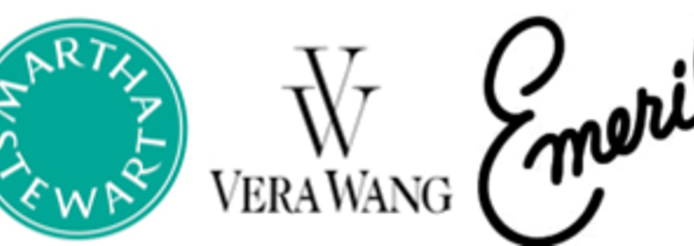"Thank you VERY much for pulling together the summary for my new Home Décor business. The information provided was very detailed and insightful. Your efforts on our behalf will certainly help us as we enter a new business category.”

Is that Licensing Opportunity Right For Your Brand?
Licensing brands that have strong brand equity that consumers trust represents an easy route to new sales in categories you already occupy or to expand your brand into new categories. In 2017, retail sales of home and houseware-licensed products grew 2.1% to $55.7 billion* worldwide. (Source: 2018 LIMA Global Licensing Industry Survey). Licensing is a way to capture retailer attention, gain a competitive advantage, and to garner new consumers to your business (albeit for the licensed brand – not your brand(s)). These are good reasons to license. But are you losing more than you are gaining through licensing?
You’ve agreed to pay someone for the privilege of using their name/brand. That’s an added cost for your new business. That means you need to earn more in sales to offset the cost of that new business. Then, to offset the effort you put into supporting the licensed products, you need to offset the additional overhead the new products bring. Further, you need to offset the cannibalism to your current business that sales of the new licensed products take. This latter point is the hardest to define. You can measure all the other costs, but you can’t measure the cost of cannibalizing existing business by a newly licensed line that competes in the same product space. Can you? Well in fact research CAN!
Research can help you quantitatively analyze the trade-off in sales of your current brand(s) when a new brand (i.e. the license) enters the market. In fact there’s a lot we can do through research to aid the decision to license. Should the new product be solo branded? Or Co-branded? Which increases your portfolio sales the most? Which leads to the lowest cannibalization of your current brand(s)?
Research can help you estimate the sales gain of licensing and the cannibalization losses.
We can use conjoint analysis to examine what impact a license will have on your portfolio. Will a new license be a net gain? How much will it cannibalize existing sales from your current brand(s)? How much will it steal from competitors? Is there an ideal license and/or positioning for a new license that will maximize your sales by maximizing competitive impact and minimizing cannibalization of your own brand(s)? We can Identify that license and that ideal positioning. Why learn this through trial and error (or possibly never learn it) when you can learn all of this to make the best possible, most informed decision? Call us today to learn more.
Further, research can help you understand which product categories a new brand or license allows you to enter. If you are casting a wide net and exploring multiple licensing opportunities, we can survey consumers in order to develop a quadrant map for each brand that will reveal what the best product category opportunities are right now, which opportunities are feasible but need more time/investment to achieve and which are simply not right for the brand/license, would be detrimental to the brand/license. A comparison of the opportunities map for your existing brand with that of the map for potential brands you might license will help you to identify the new opportunities that a new brand/license delivers that your existing brands do not offer.
Call or email us today. Learn more about Liscensing Research here.



